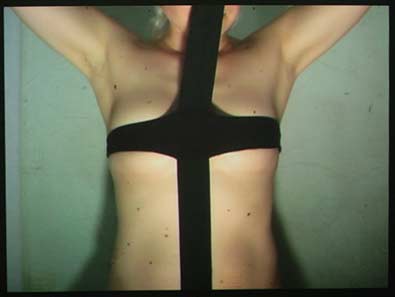And I tore out the buckets from a red Corvette

A new way of using the genetic code has been created, allowing proteins to be made with properties that have never been seen in the natural world. The breakthrough could eventually lead to the creation of new or “improved” life forms incorporating these new materials into their tissue.
In all existing life forms, the four “letters” of the genetic code, called nucleotides, are read in triplets, so that every three nucleotides encode a single amino acid.
Not any more. Jason Chin at the University of Cambridge and his colleagues have now redesigned the cell’s machinery so that it reads the genetic code in quadruplets.
In the genetic code that life has used up to now, there are 64 possible triplet combinations of the four nucleotide letters; these genetic “words” are called codons. Each codon either codes for an amino acid or tells the cell to stop making a protein chain. Now Chin’s team have created 256 blank four-letter codons that can be assigned to amino acids that don’t even exist yet.
photo { Maria Petschnig, Born to Perform, 2009 }


